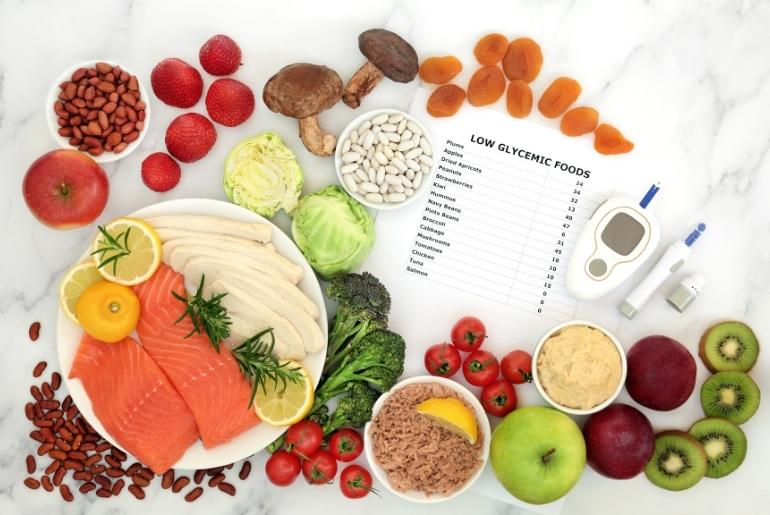Have you ever felt that the choices you make at mealtimes could hold a secret to better health? Imagine if there were a simple, yet somewhat magical, way to transform your relationship with food and improve your blood sugar control. Enter the intriguing concept of food sequencing, a practice that challenges conventional meal structures and could revolutionise the way you think about eating. It’s a bit like discovering the secret sauce for managing your blood sugar levels, one meal at a time. In this journey, we unravel the mystique of food sequencing.
An Introduction To Food Sequencing And Blood Sugar

Food sequencing is a concept gaining recognition in the field of nutrition, primarily focusing on the strategic order in which you consume different components of a meal. Think of your meal as a house you’re building. In the usual way, you start with a big foundation of carbs, like a base made of cookies or bread. Then, you add some protein and vegetables as if they were just decorations.
Now, consider a better approach. You lay a strong foundation with protein and veggies, like bricks and cement. Then, you put a smaller layer of carbs on top, like a roof. Why does this matter? Well, when you have a big carb base, it’s like building a wobbly house on a shaky foundation. This can lead to quick and unstable spikes in your blood sugar, which isn’t good, especially for those with diabetes.
Also Read: Bengaluru Police Urge Tech Parks To Bring Back Shuttle Service To Decongest Traffic On ORR
But when you start with protein and veggies, it’s like constructing a sturdy house. It slows down how your body processes carbs, which keeps your blood sugar in check. This way, you have a stable and comfortable house (or meal) to live in without worrying about it collapsing.
Here’s How To Implement Food Sequencing

- Begin your meal with a salad or non-starchy vegetables like broccoli, spinach, or peppers. These veggies are high in fibre, which is like the body’s natural brake for carbs.
- Once you’ve had your veggies, it’s time to introduce lean proteins like chicken, fish, or tofu. Proteins work with the fibre from the veggies to keep your blood sugar from rising too fast.
- Towards the end of your meal, you can have carbohydrate-rich foods like whole grains or starchy vegetables. By this point, your body is better prepared to handle these carbs without causing a sudden blood sugar rush.
This way, you manage your blood sugar well and feel satisfied after the meal.
Also Read: Not Celebs, 76% Of Indians’ Weight Loss Goals Are Influenced By Family & Friends
Tips To Maintain Blood Sugar Levels

Here are some effective ways to help achieve and maintain stable blood sugar levels:
- Consume a well-balanced diet that includes a variety of whole foods, such as lean proteins, whole grains, high-fiber vegetables, and healthy fats.
- Be mindful of carbohydrate intake, as they have the most significant impact on blood sugar.
- Pay attention to portion sizes to avoid overeating. Smaller, more frequent meals can help regulate blood sugar levels throughout the day.
- Include fibre-rich foods in your diet, such as fruits, vegetables, whole grains, and legumes.
- Regular exercise can improve insulin sensitivity and help your body use blood sugar more effectively.
- Stay adequately hydrated, as dehydration can affect blood sugar levels.
- Prioritise getting enough quality sleep, as poor sleep can affect blood sugar control.
Maintaining stable blood sugar levels is a holistic approach that involves a combination of dietary choices and overall lifestyle management.
Cover Image Courtesy: Canva
For more such snackable content, interesting discoveries and latest updates on food, travel and experiences in your city, download the Curly Tales App. Download HERE.
Good news! We are on WhatsApp! Subscribe to Curly Tales WhatsApp Channel to stay up-to-date with exclusive content and BTS. Join HERE.
First Published: October 17, 2023 1:50 PM



